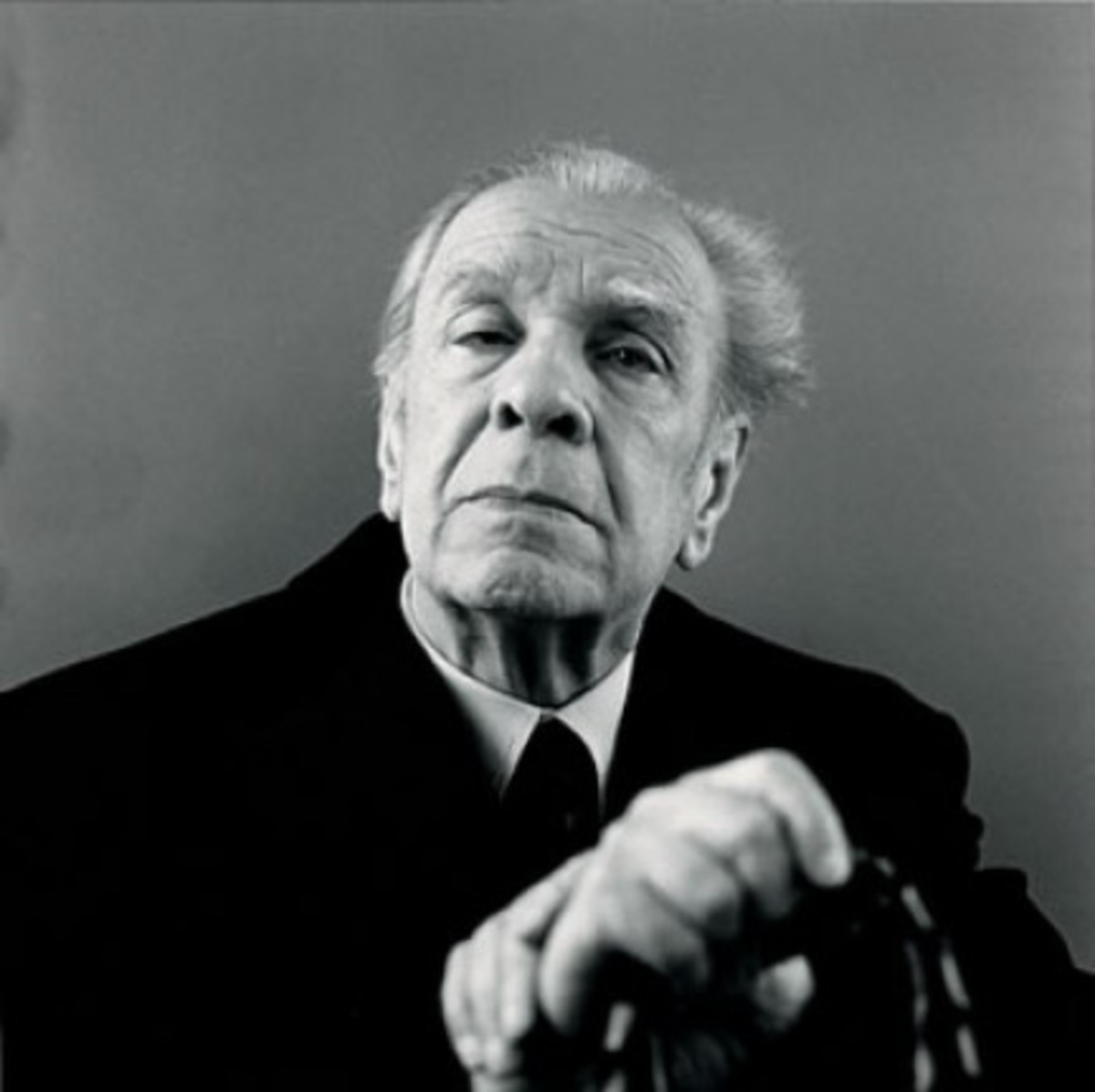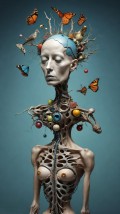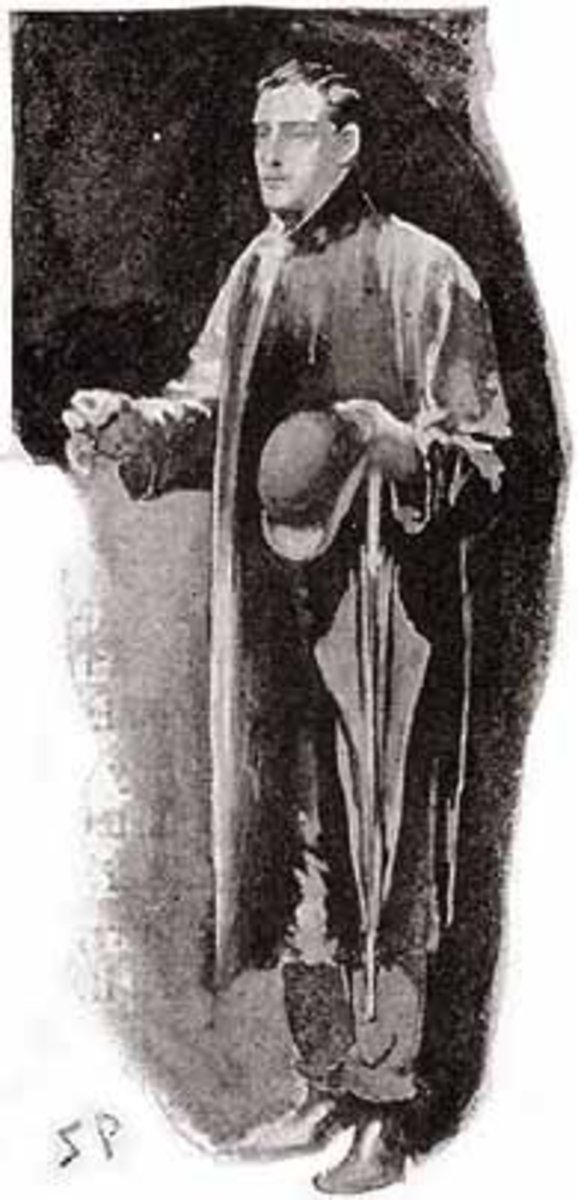Form And Function in Fiction

Whenever an author experiments with form in prose literature, the changes they implement in the structure of the story set the tone for the entire piece in a way that utterly and completely changes the experiences of the reader drawn into it. In stories like Diane Schoemperlin’s Innocent Objects and Luisa Valenzuela’s Cat’s Eye, we are offered wholly new ways of looking at life and at the way the fiction within the story can and will play out. New mechanisms of literary style like Schoemperlin’s use of italics and footnotes to tell a story or Valenzuela’s broken up but highly involving approach of grabbing the reader and forcing him into the story both attract and repel us. Techniques like these grab us and call attention to themselves in ways that sometimes shake us out of the story, but ultimately it is these differences that tell the story, that set the stage, paint the backdrop, and put on a show in the mind that has no peer, no rival and no parallel among stories bound by the conventional and dominant form that prose literature usually takes. It is these differences that confront us with new and different ways of perceiving reality, of seeing stories as they unfold both from within and without, and it is through this different way of seeing that we end up taking away very different ideas and feelings as to the true meanings that crouch deep within the shadows of a story as substantial, as enigmatic and thickly layered as Cat’s Eye or Innocent Objects.
The quote “For her part, Helen knew these women’s faces but not their names, at least not their first names. (The thief is touching the plates, the bowls, the milk jug, the eight-piece tea service 4 on the middle shelf.)” is a classic example of how the author weaves three unique and completely different tales into Innocent Objects, giving us a fragment of Helen’s present alongside the invasive and disturbing actions of the thief who picks her way through Helen’s home while she is away, as well as the history of Helen’s own life and past, revealed carefully through ever-present footnotes about the seemingly innocent objects in her home. Together, these three stories combine in lines that intertwine the lives of both the thief and Helen to the point where the two almost begin to blend into one, with the descriptions and actions making us wonder, even if only slightly, who is the true thief: Helen, or the “familiar-looking person carrying a cardboard box” that the story blatantly points to as “the thief”– or is it perhaps both? The fact that both women seem to collect intimate parts of other people’s lives regardless of the monetary value of the items that they take (or in Helen’s case, purchase,) seems to prove that both are similar enough to warrant any suspicions the reader might harbor about the two of them being related in some way beyond the bond of victim and thief.
Beyond the intermeshing of the lives of women who may be thieves, metaphorical or factually, we see a third story of transformation and change hidden within the unusual format of Schoemperlin’s catalog of Innocent Objects. Creating a history with a handful of the belongings that show us Helen’s past, the hollowness of that past, the farcity, and how much her own fragile history depends upon the memories of others, (consider the reference to her album, which contains pictures of “perfectly dead strangers.”) the author sets up a sort of cycle of souls, where the objects of Helen, as a collector of forgotten lives, become the property of another thief, a woman who takes these same relics of soul and faded memory from someone whose own life is just as likely to be forgotten once she passes on and her own objects (collected bits of others lives) are dispersed and picked up by others with similar interests down the road. The story that these Innocent Objects tell is one that leaves us with the feeling both that everything is connected through subtle bonds of memory and that these memories are ephemeral– they’re lost easily, and when they’re lost, they disappear forever, leaving behind incongrous bits like names on the back of old photographs “Gertrude and Walt, Janey and Little Luke, Charlotte and Tiny (dog).”
Another story that employs an extremely unusual format to construct a fiction that speaks to different parts of the reader’s psyche than more conventional prose does is Luisa Valenzuela’s Cat’s Eye. Utilizing a form that is broken into sections with drastically different viewpoints and tenses, Cat’s Eye is incredible distinctive, making the entire story stand out in a way that is both unusual and, at times disconcerting. Opening with an almost conventional third-person, present-tense narrative structure, Cat’s Eye initially only hints at the depths of its unusual nature by the presence of a few stylistically strange differences from the mean, like the mixing of dialog into the same paragraph or the sudden appearance of Latin phrases like “ignis fatuus” that are supplied as if to heighten a point, even if they only succeed in making the piece more enigmatic, which could very well be the primary goal Valenzuela had in mind when she was writing this piece.
The end of the first section signals perhaps the most drastic departure from the norm in the format of Cat’s Eye. Transitioning immediately into a second-person, present-tense structure in the opening of section two, Cat’s Eye suddenly grabs the reader in an uncomfortable way and uses that feeling to thrust them into an equally uncomfortable situation. “At three in the morning a suspicious noise awakens you and you remain very quiet in bed” we are told, and it is made very clear, very fast that there is a man moving around in the darkness, our darkness, a man who “has forced the door; who surely now wants to force himself on you.” The overall effect is undeniably creepy, even as we’re suddenly presented with a questionnaire that seems to tag itself to the bottom of the section like some kind of official survey hanging at the end of an online article. “Are you the same woman as the one in the previous story?” almost begging for a hyperlink to the next section that says “click here!”. Continuing on its radical departure from the norm, Cat’s Eye jumps immediately back to a third-person, present-tense form right up until the story’s most unusual feature– an ending that you can pick and choose your own resolution from, utterly smashing convention into tiny bits and leaving the reader to pick up the pieces. After all, how many writers (or editors) would allow the words “The denouement is optional” to appear between the body of their story and what could be a powerful, touching, climactic –and most importantly definitive– ending. As Cat’s Eye stands, only the reader can truly choose what course the tale takes, and though that is highly unorthodox in fiction, Valenzuela manages to weave the tale in such a way that nothing else seems quite so fitting. After all, “You are the same woman” Valenzuela affirms, showing her readers that, after having walked in the shoes of the woman in the story and having seen what she has seen and felt what she has felt, we are in fact the ones with the Cat’s Eye. In five words, she informs us that, without a doubt, the only person truly qualified to determine the outcome of the story, to pick the one denouement that will crown what had originally started as the author’s tale, an action that would traditionally be the author’s rightful place to determine in more conventional prose, belongs in fact to the reader.
Experimenting with form in literature is one of the most profound ways that the written word’s role as art can be kept both fresh and innovative. By changing the way in which a story is told and the way the information that creates the necessary ambiance is imparted, new feelings, new emotions, new meanings and new secrets are brought into existence in the mind of the reader, spurring on new interpretations and new understandings of both the human condition and the range of experiences communicable through literature. By exploring new avenues of format and style, an entirely new world of artistic expression is opened, and it is those authors brave enough to venture into these avenues, authors like Diane Schoemperlin and Luisa Valenzuela, that will always be the first to taste the fruits of the unknown vistas beyond, to paint them, and to offer them to us like exotic delicacies on the canvas of the written word.







